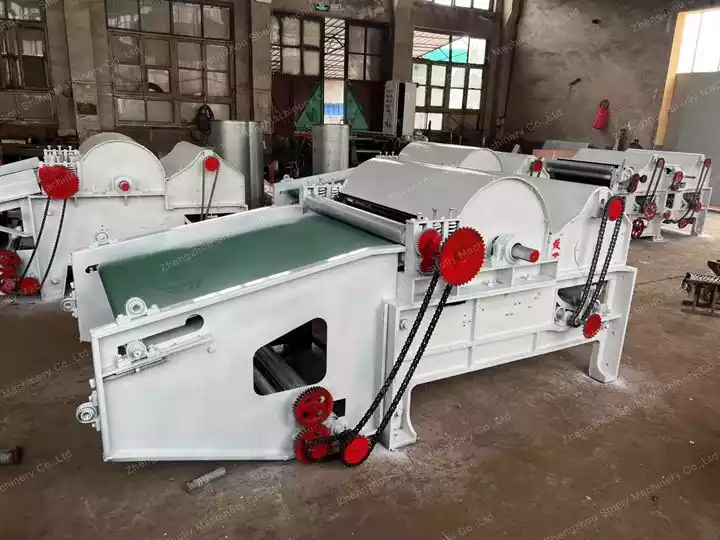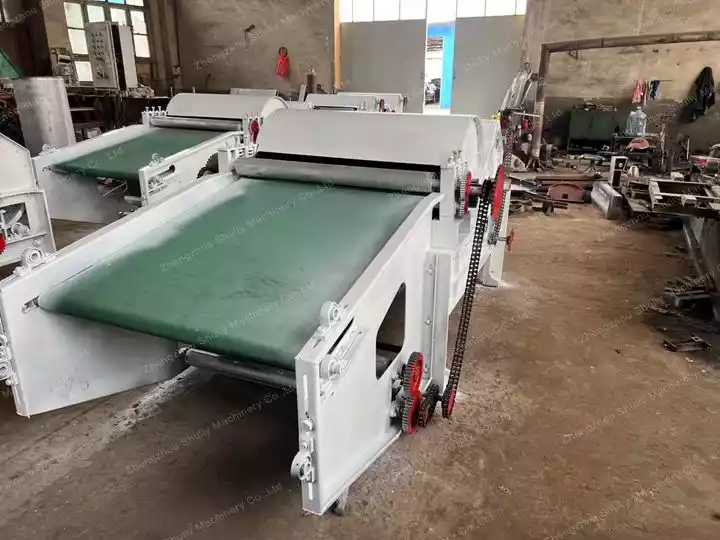In recent years, the textile industry has witnessed a growing emphasis on sustainability and resource conservation. As part of these efforts, recycling waste textiles has gained significant attention. Recycling not only reduces environmental impact but also presents economic opportunities. One key technology driving the recycling process is the fiber carding machine. Let’s explore why the use of fiber carding machines is crucial in recycling waste textiles.
The importance of recycling waste textiles
Textile waste, including discarded clothing, fabric scraps, and post-industrial textile remnants, poses significant environmental challenges. The conventional disposal of these materials in landfills contributes to pollution and squanders valuable resources. Recycling waste textiles offers a sustainable solution by diverting these materials from landfills and reintroducing them into the production cycle.

Fiber carding machine: transforming waste textiles
- Efficient fiber sorting and separation: Fiber waste carding machines play a vital role in the initial processing of waste textiles. By using rotating combs or rollers, these machines comb and separate fibers, untangling the entwined materials. This process ensures the fibers are uniformly distributed, making them easier to handle and process further.
- Removal of impurities: During the carding process, fiber opening machines also eliminate impurities such as dust, paper shreds, and other contaminants from the fibers. This purification step enhances the quality of the recycled fibers and ensures their suitability for subsequent manufacturing processes.
- Customizable thickness separation: textile waste carding machines provide the flexibility to separate fibers based on their thickness. By adjusting the spacing between combs or rollers, the machine can separate coarse and fine fibers, enabling the production of different textile products with specific fiber thickness requirements.
- Enhancing fiber quality: The controlled carding process performed by fiber carding machines aligns the fibers, improving their alignment and parallel orientation. This enhanced fiber quality results in improved yarn and fabric properties, ultimately contributing to the production of higher-quality textile products.
- Resource conservation: By recycling waste textiles with fiber carding machines, valuable resources are conserved. The recovered fibers can be reused in various applications, reducing the need for virgin materials. This conservation of resources contributes to the overall sustainability of the textile industry.

The demand for fiber carding machines is increasing rapidly
The integration of fiber carding machines in the textile recycling process is a significant step toward a sustainable textile industry. By efficiently processing waste textiles, these machines facilitate the transformation of discarded materials into valuable resources. This not only minimizes waste but also reduces the environmental footprint of textile production.
Moreover, the utilization of fiber carding machines opens doors for innovative business opportunities. The recycled fibers can be utilized by textile manufacturers, paper mills, and other industries to produce a wide range of products, including new fabrics, paper products, insulation materials, and more. This generates economic value while reducing reliance on raw materials extraction.
